Natural Stages of Growth in Writing
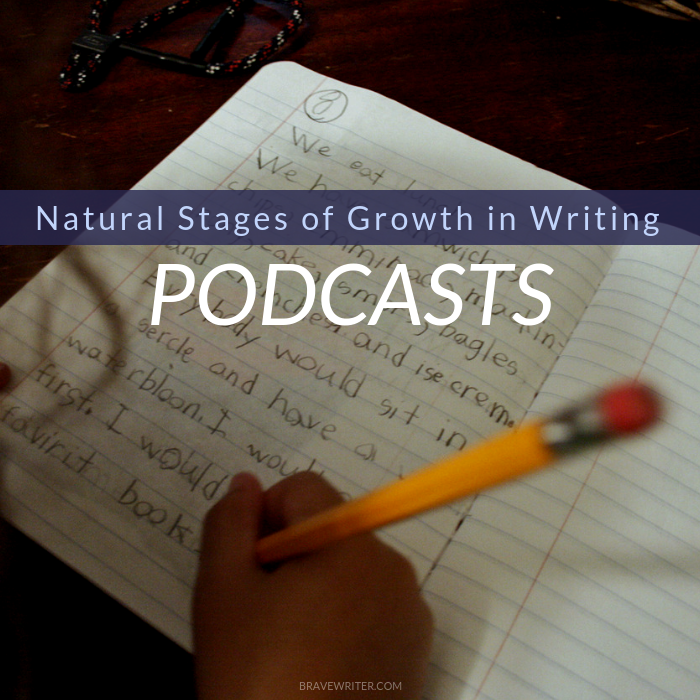
Understanding a young writer’s stages of growth is vital. In my years of working with families, I’ve found that it is much more effective to look at how writers grow naturally than to focus on scope and sequence, grade level, ages, or the types of writing that ought to be done in some “established sequence.”
The different stages are thoroughly explained in The Writer’s Jungle, but check out the following podcasts concerning them, as well. Just click on the titles below to be linked to each page:
Before kids can write their thoughts and ideas, someone else needs to do it for them.
Focuses on the most overlooked stage of development in the writing journey and accounts for the development of writer’s block and writing resistance in kids. If you successfully navigate the Partnership Writing phase, your kids will not be plagued with the “blank page, blank stare” syndrome. You’ll both know how to create writing and what role you each play in the process.

Image by Rui Fernandes (cc)
The stop and start stage of writing. One day the student gets a detailed story to paper. The next week, she complains that she hates writing. In this podcast we look at how you can create the conditions for growth and joy in writing with your kids.
Transition to Ownership: Part One
This is our first of a two part discussion of the Transition to Ownership stage of writing growth. This is the time when your students are making the somewhat treacherous journey from adorable, fact-centered child to rhetorical imagination (the awareness that the world is inhabited by unlimited numbers of perspectives).
Transition to Ownership: Part Two
Continues the discussion of your role in the “Big Juicy Conversations” you need to be having with your fledgling thinkers.
Eavesdropping on the Great Conversation
This podcast features discussion about the high school writing life, on into college. Don’t miss it! It will help to shape your philosophy of writing, not just your program for writing.
Learn more about Brave Writer and the Natural Stages.
Header image by woodleywonderworks (cc cropped, text added)




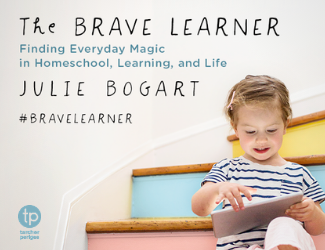
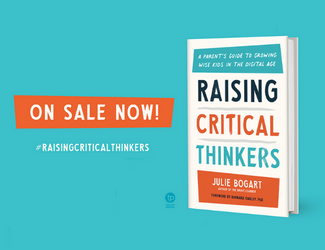
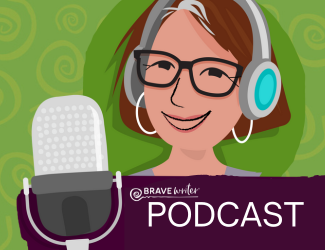






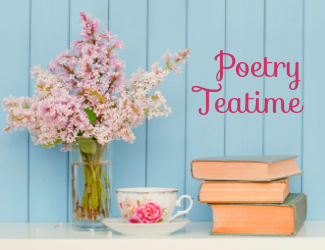



I return to these podcasts over and over again, Julie. There is such great information provided in each of them. Thank you!
Thank you for saying so! Noah and I so enjoyed making them. We’ve got another one complete. I need to get it posted!
[…] these four steps each time your child moves up one rung of the natural stages of growth in writing ladder. If you take seriously the period of written exploration, teaching the format that follows […]
[…] completing the five part series about the Natural Stages of Growth in Writing, I thought it might be nice to see how you can apply those insights to writing through the coming […]
[…] where we’re going when we start, we don’t know what it means to teach or understand developmental stages of growth, we have no yardsticks to measure our progress, or colleagues to meet with in the […]
[…] Kids in that stage are often between the ages of five and eight, but age doesn’t matter so much. What matters is where they are in the Natural Stages of Growth. […]
[…] But the fact that they can write to a specific genre shows you that formats can be a part of the natural growth of a young writer. Formats aren’t just invented writing techniques that exist in a […]
[…] Why isn’t my child of 10 spelling well? This is answered quickly in a book that explains the natural stages of growth in writing. 10 year olds don’t spell well. Here’s why, here’s how to foster the continued […]
[…] paper (at any age), it is impossible to teach it until he is. We must start with the writer in the developmental stage in which he finds […]